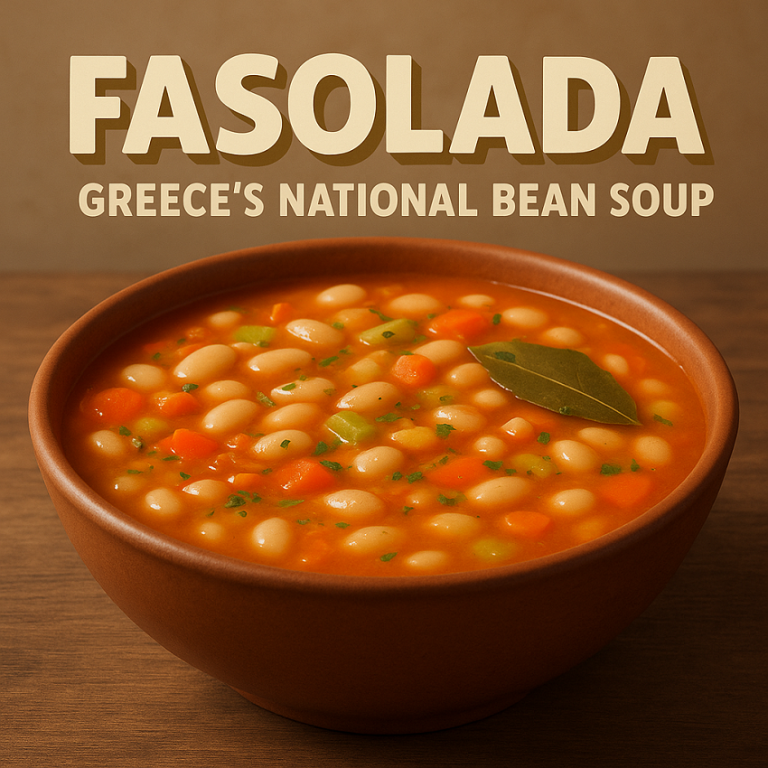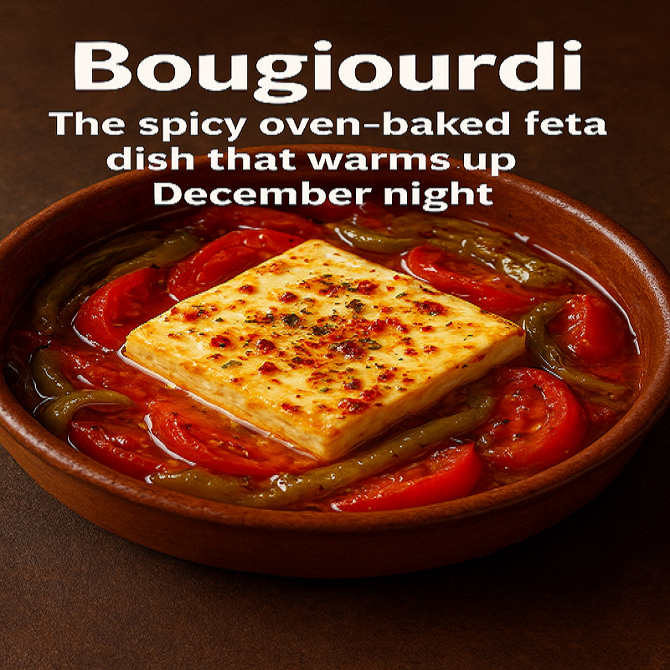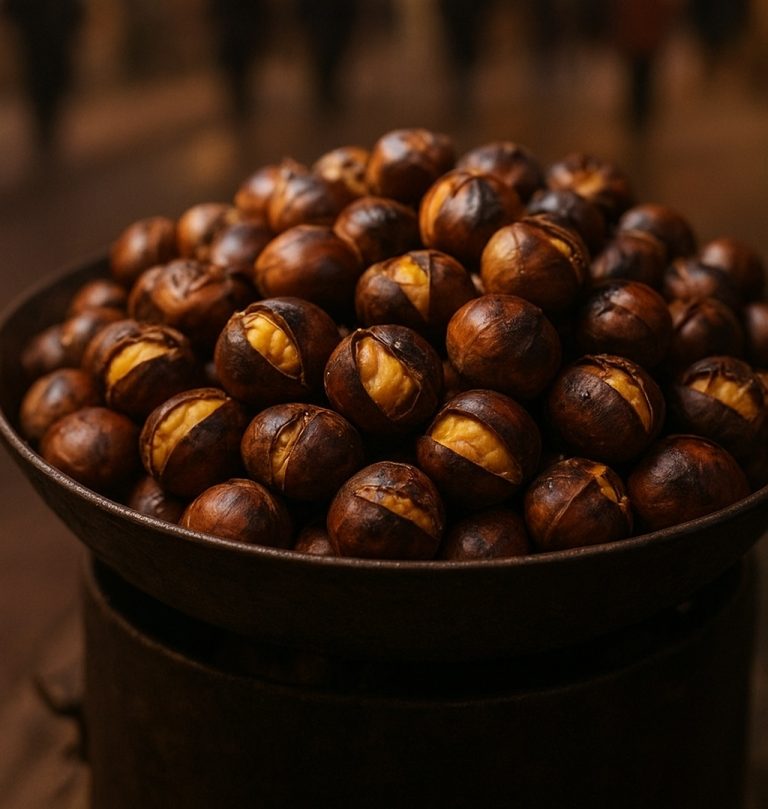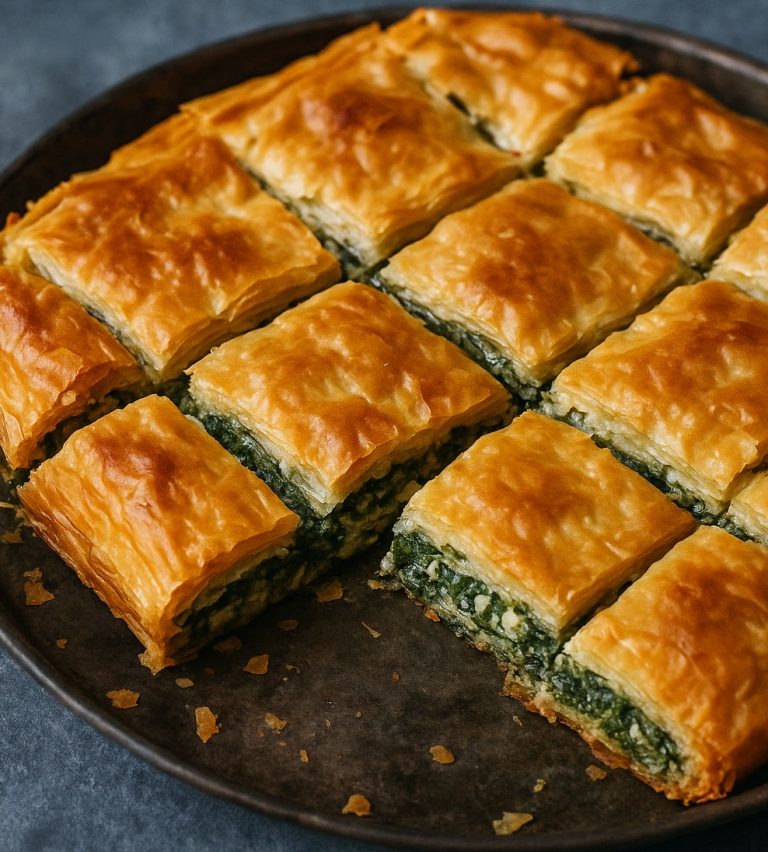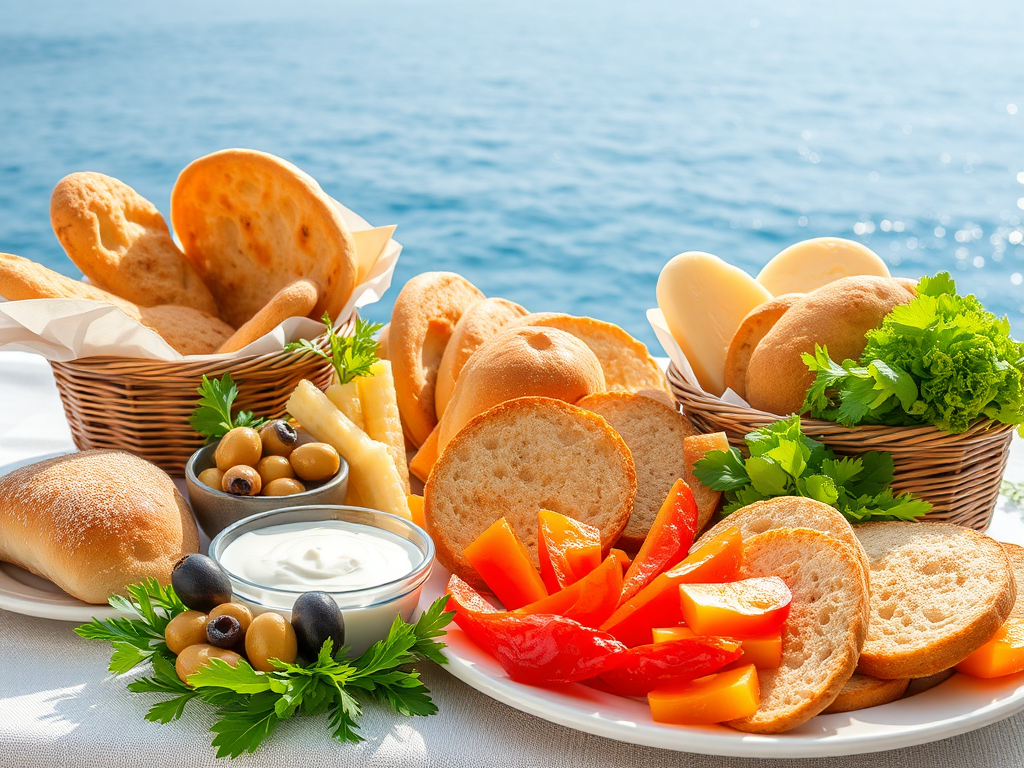
Bread is a fundamental component of Greek cuisine, playing a vital role in both everyday meals and festive occasions. Its significance extends beyond mere sustenance; it is intertwined with cultural practices, traditions, and the Mediterranean lifestyle, making it an integral part of Greek identity.
Historical Context
Bread-making in Greece dates back thousands of years, with archaeological evidence suggesting that ancient Greeks were already baking various types of bread around 5000 BC. The Greeks developed a range of breads, from simple flatbreads to more complex loaves, reflecting the agricultural bounty of the land. Ancient texts, including works by Homer and Hesiod, mention bread as a staple in the diet of both common people and gods, highlighting its revered status.
In ancient Greece, bread was often associated with divine blessings. The goddess Demeter, associated with agriculture and grain, was worshipped for her role in providing sustenance. This connection to the divine underscores the cultural importance of bread throughout Greek history.
Types of Greek Bread
- Pita: Perhaps the most iconic, pita is a round, flat bread often used as a wrap for gyros or souvlaki. Its pocket-like structure makes it perfect for holding various fillings, making it a versatile choice for street food and home-cooked meals.
- Lagana: Traditionally baked for Clean Monday, the first day of Lent, lagana is a flatbread topped with sesame seeds and olive oil. This special bread symbolizes the start of a period of fasting and reflection, marking a significant cultural and religious observance.
- Christopsomo: Known as “Christ’s bread,” this sweet, enriched bread is baked during Christmas. It is often decorated with intricate designs and symbols, representing the importance of bread in religious celebrations. Families may also include personal touches, such as initials or motifs that reflect their heritage.
- Koulouri: A beloved street food, koulouri is a sesame-seed-covered bread ring enjoyed as a snack, often paired with coffee. Its convenience and delicious taste make it a popular choice for breakfast or an afternoon treat.
- Village Bread (Xoriatiko Psomi): Made from whole grains and often baked in a traditional wood-fired oven, this rustic bread is a staple in many Greek households. Its hearty texture and rich flavor complement a wide variety of dishes, from stews to salads.
- Sourdough (Sour Psomi): With a resurgence in artisanal baking, sourdough has gained popularity in Greece. The tangy flavor and chewy crust make it a favorite for pairing with cheeses and olives.
Cultural Significance
In Greek culture, bread is more than food; it symbolizes life and hospitality. It is customary to break bread together at meals, fostering a sense of community and connection. The phrase “bread and salt” signifies friendship, highlighting the importance of sharing meals with loved ones.
During religious ceremonies, bread plays a crucial role. From the prosphora used in Orthodox liturgies to the festive loaves prepared for holidays, bread is a tangible expression of faith and reverence. The act of breaking bread is often seen as a blessing, and many Greeks will make a wish while doing so.
Bread and Hospitality
Greek hospitality, or “philoxenia,” embodies a spirit of generosity and warmth towards guests. Offering bread is one of the first gestures of welcome. It signifies abundance and the desire to share not just food, but also love and friendship. In many households, refusing bread can be seen as impolite, emphasizing its role as a unifying element in social interactions.
Bread in Celebrations
During major life events, such as weddings, christenings, and birthdays, bread often takes center stage. Special loaves may be prepared to mark these occasions, reflecting the significance of community and tradition. For example, during weddings, the bride and groom may share a special bread, symbolizing their unity.
Bread in Daily Life
In Greek households, bread is a staple at every meal. It accompanies almost all dishes, from meze (appetizers) to main courses. Greeks often use bread to savor dips like tzatziki or hummus, making it an essential part of the dining experience. A meal is often incomplete without a fresh loaf on the table, emphasizing the importance of quality ingredients and home-cooked meals.
Bread is also a canvas for creativity in the kitchen. It can be transformed into various dishes, such as bread salad (panzanella) or used to make savory pies. The versatility of bread allows it to adapt to seasonal ingredients and family recipes, ensuring that it remains a beloved staple.
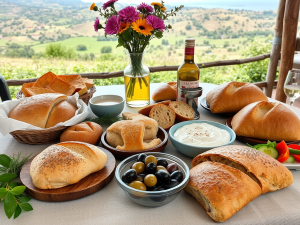
Bread and Nutrition
Bread, particularly when made from whole grains, provides essential nutrients, including fiber, vitamins, and minerals. In a Mediterranean diet, the inclusion of bread contributes to a balanced intake of carbohydrates, promoting energy and well-being. The health benefits of bread, combined with its cultural significance, create a deep-rooted connection between Greeks and their daily bread.
Conclusion
Bread is a cornerstone of Greek cuisine, embodying the country’s rich history and cultural heritage. Whether enjoyed as part of a simple meal or a grand celebration, it represents nourishment, community, and tradition. In Greece, bread is not just food; it is a symbol of life itself. Its presence at the table fosters connections among family and friends, ensuring that the tradition of sharing bread continues to thrive in modern Greek society. As Greeks embrace both traditional recipes and innovative baking methods, the importance of bread in their meals remains steadfast, a testament to their enduring love for this essential food.
